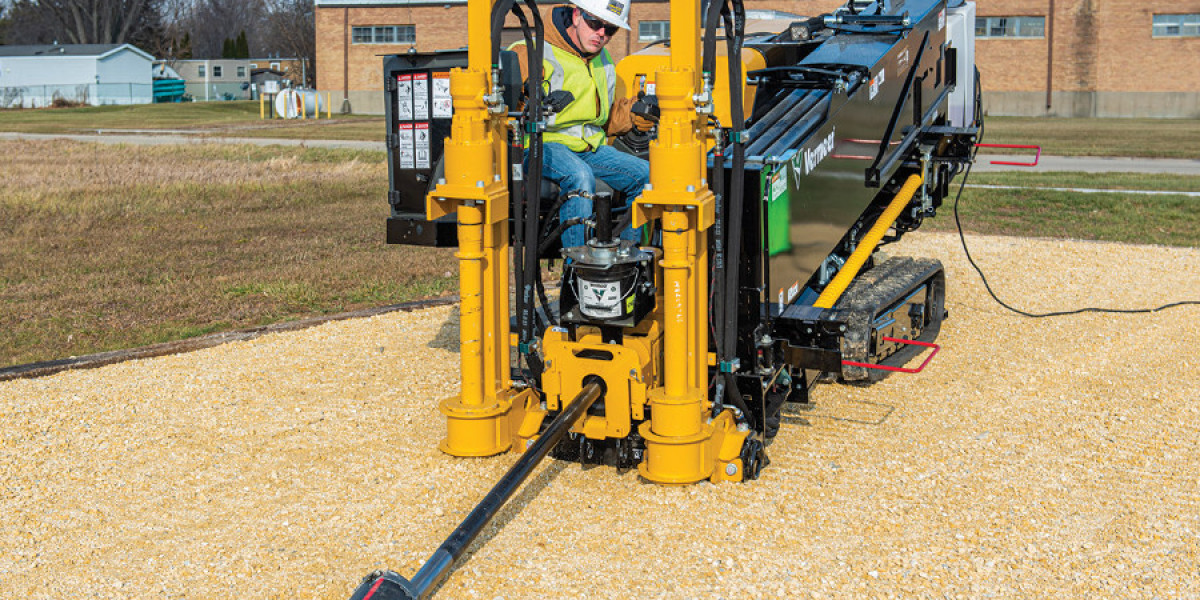In today’s construction and infrastructure projects, efficiency, minimal disruption, and sustainability are key priorities. Directional boring, also known as horizontal directional drilling (HDD), is an innovative technique that has transformed underground utility installation. It’s a versatile and cost-effective solution for installing pipelines, conduits, and cables without extensive excavation.
What is Directional Boring?
Directional boring is a trenchless technology used to install underground utilities along a predetermined path. It involves drilling a pilot hole and gradually enlarging it to accommodate the utility line. The process minimizes surface disruption, making it ideal for projects in urban areas, under roads, or near environmentally sensitive sites.
How Directional Boring Works
The directional boring process can be broken down into three main phases:
Pilot Hole Drilling
A pilot hole is drilled along the desired underground path using a drill rig. Specialized tracking equipment ensures the bore path is precise.Reaming
Once the pilot hole is complete, a reamer is used to enlarge the hole to the desired diameter, making space for the utility line.Pullback
The final utility line, whether a pipe or cable, is attached to the drill head and pulled back through the reamed hole.
Applications of Directional Boring
Directional boring is commonly used for:
- Water and Sewer Lines: Installing pipes for municipal or industrial use.
- Electrical and Telecommunications: Placing underground cables with minimal disruption.
- Gas Pipelines: Ensuring safe and efficient gas line installations.
- Road Crossings: Laying utilities beneath busy roads without disrupting traffic.
Benefits of Directional Boring Services
Minimal Surface Disruption
Unlike traditional trenching, directional boring requires little to no excavation, preserving roads, landscaping, and other surface features.Cost-Effective
Reduced labor, shorter project timelines, and minimal restoration costs make it a budget-friendly option.Environmentally Friendly
The method minimizes the ecological impact by disturbing less soil and vegetation.Adaptability
Directional boring can navigate around existing structures, making it ideal for complex urban settings.Safety
Reduces the risk of accidents by keeping most of the work underground.
Choosing the Right Directional Boring Provider
When selecting a directional boring service provider, consider these factors:
- Experience and Expertise: Look for companies with a track record in diverse projects.
- Equipment Quality: Advanced drilling rigs ensure precision and efficiency.
- Safety Standards: Verify that the provider follows strict safety protocols.
- References and Reviews: Past client feedback can offer insights into the quality of service.
Future of Directional Boring
As infrastructure demands grow and urbanization continues, directional boring is set to become even more integral. Advances in technology, including improved tracking systems and eco-friendly drilling fluids, will further enhance its efficiency and sustainability.
Conclusion
Directional boring services Los Angeles are a game-changer for underground utility installation. By combining precision, minimal disruption, and cost-efficiency, this technology addresses the challenges of modern infrastructure projects. Whether it’s laying a water pipeline or installing fiber-optic cables, directional boring ensures that the job is done with minimal impact on the environment and surrounding areas.
If you’re planning a project requiring underground utility installation, consult a reputable directional boring service provider to ensure a seamless and successful outcome.








